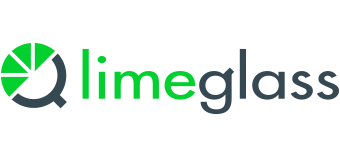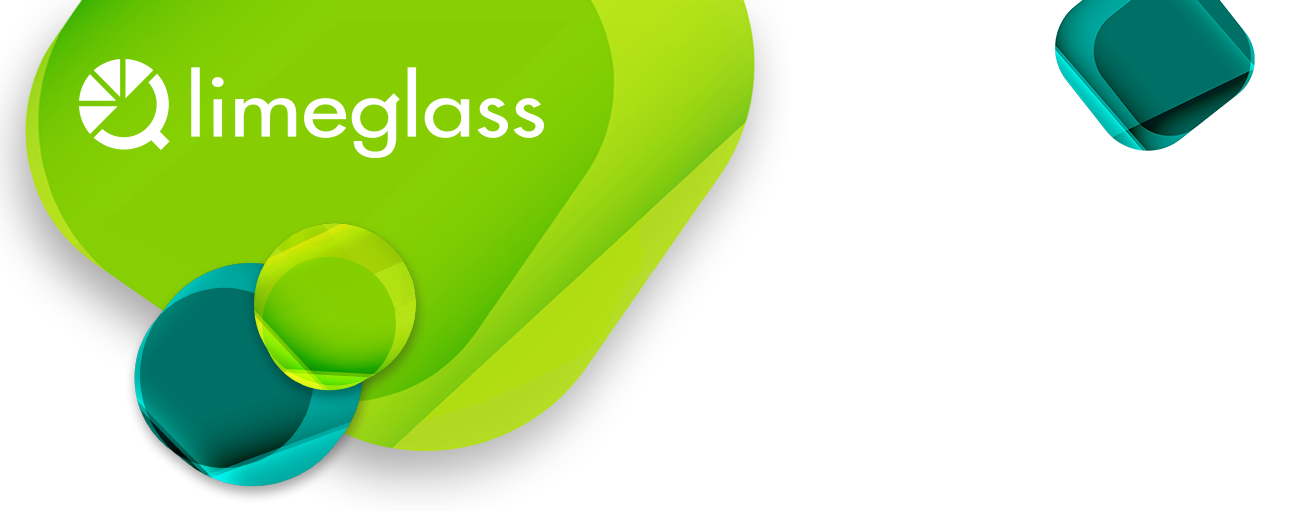Regulation Overload:
SEC No-Action Letter Expiry
Last July the SEC announced that it would let its “1940 Act” no-action letter expire on July 3rd. As a reminder the SEC had introduced an exemption six years ago to help brokers manage a conflict of rules: they were going to be obliged to receive cheques from MiFID fund managers but the Act requires US brokers to jump through hoops unless the research payments they receive are packaged up in trading, whether bundled commission or through the spread. But from this July the 1940 Investment Advisers’ Act will apply. The economics of research get a small dent under each of the solutions being discussed.
From July then US authorities will expect US brokers only to take MiFID research payments if they follow the 1940 Act rules: advisor registration with the SEC, no principal trading.
It’s that second obligation that’s the problem. Almost all large brokers have an investment advisor they could use as a vehicle. But brokers need to trade principal and the Act bans it – an advisor cannot combine the duty of care to a client and be selling – think of why a lawyer cannot sell their house and act for the buyer. It doesn’t matter that bank clients are expert buyers. Of course principal trading comes with the territory of most products, and bond markets work almost wholly on principal.
None of the approaches being discussed are easy.
- Put US research into an IA and then trade through other vehicles. Just one big US broker has been doing this since 2018. The downsides are that there ought to be a service contract, and transfer pricing, between research and trading. Indeed this approach also ignores the fact that MiFID rules count a lot of sales contact as ‘research’ so US sales people, sitting in the trading company, would be offside. (Why US research? it doesn’t matter much where Asian and European analysts sit as far as the 1940 rules go).
- Don’t take any payments for research to cover US product. This means that European customers would lose access to US generated research and a lot of global research. Many global asset managers who make holistic payments would be strongly encouraged to split payments by region. The US market is half of world equity market capitalisation and the deepest fixed income market. This is a non-starter.
- Ask fund managers to pay for US research from their funds, then immediately reimburse the funds, making with no payments to brokers at all. This means funds tick the MiFID-must-pay-unbundled box and the brokers tick the 1940 do-not-receive box. This relies on customers fixing a brokers’ problem: not going to happen.
- Take hard dollar payments 100% outside the US and ensure none of the money is transferred to the US broker dealer. Here brokers would only take payments into European subsidiaries but designate them (if the SEC asks) as only for research by non-US persons. No part of this payment would leave the European subsidiary even if the fund manager allocates a portion for US research. Each bank says its US broker dealer is not being paid hard dollar for research. This effectively means showing you follow US rules by reference to bank statements but demonstrate MiFID compliance on the basis that it doesn’t matter which legal entity receives the cheque. It’s not simple but this seems to be the most likely approach. If broadly adopted it has the advantage that a regulator raising eyebrows has to challenge a whole group of banks.
Anything that makes it harder to get US product into Europe is unhelpful and anything that reduces the cashflow from research to US brokers makes it harder to show that research makes money. This could make a dent in the economics.
No tech tool is going to do much to help here. However the Limeglass product enables research to be packaged, get better reach and be sold more effectively by making more of it available to a broker or fund manager searching for ideas. It increases the value of research whatever the pricing pressure from fund managers and markets.
Terence Sinclair
Advisor





